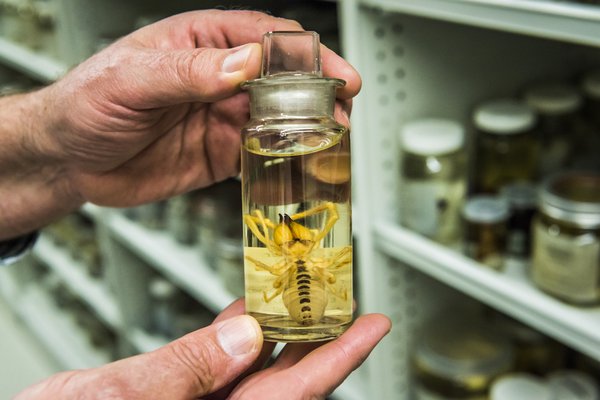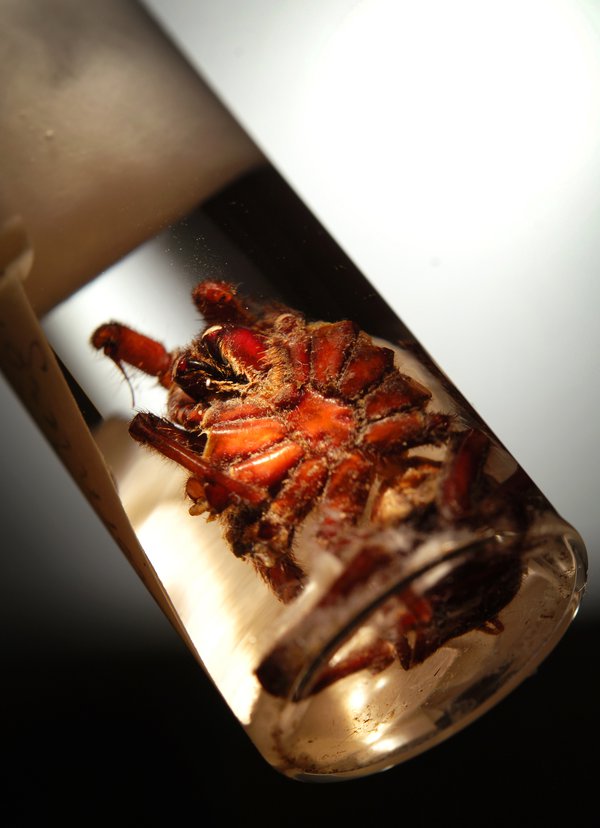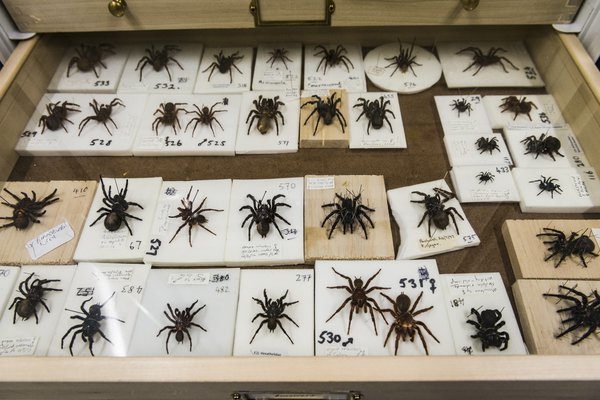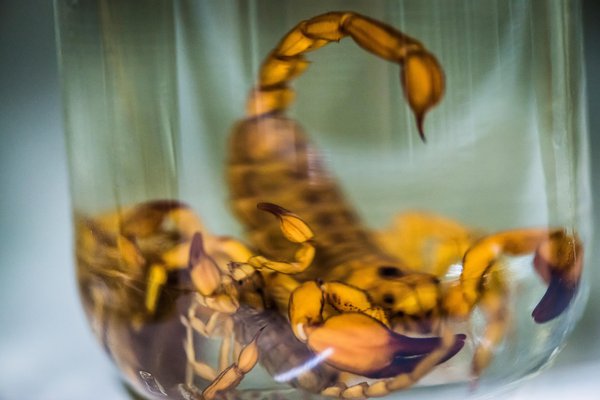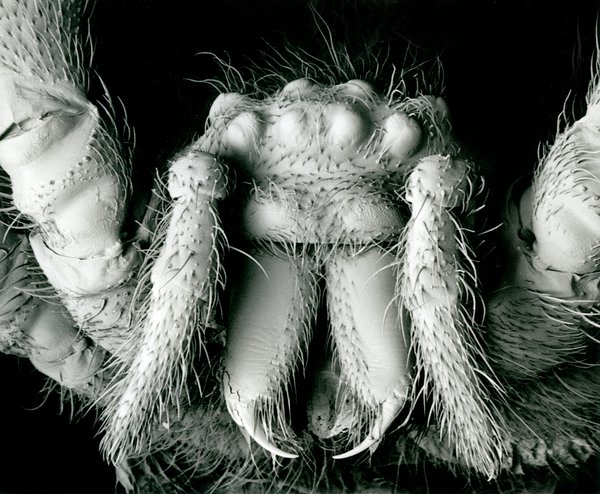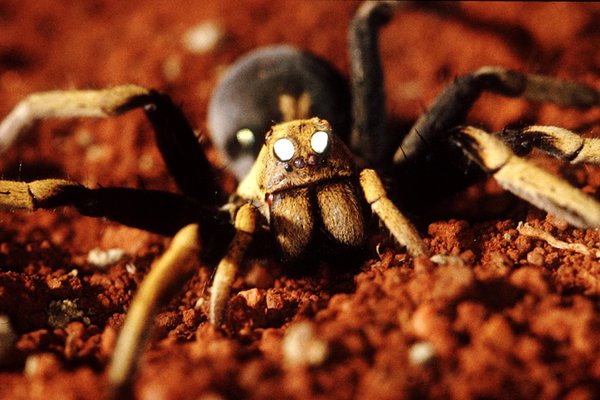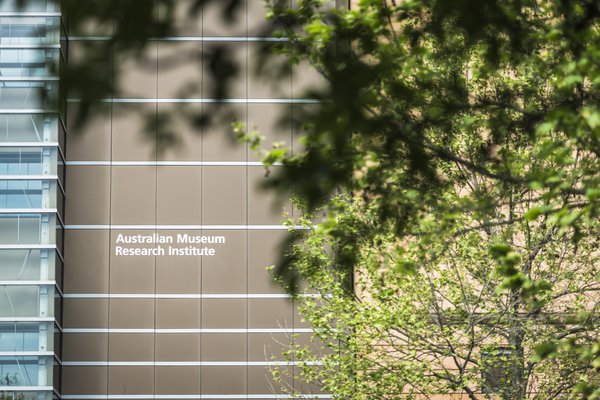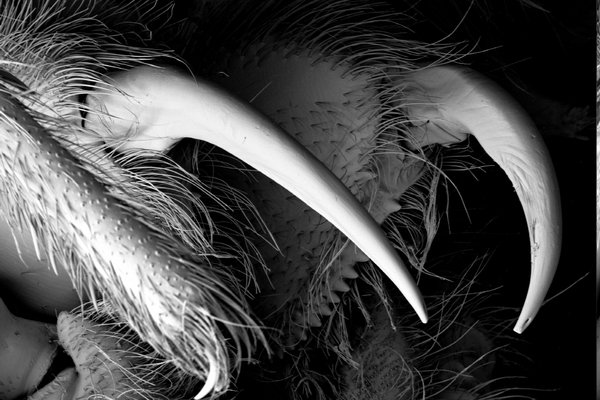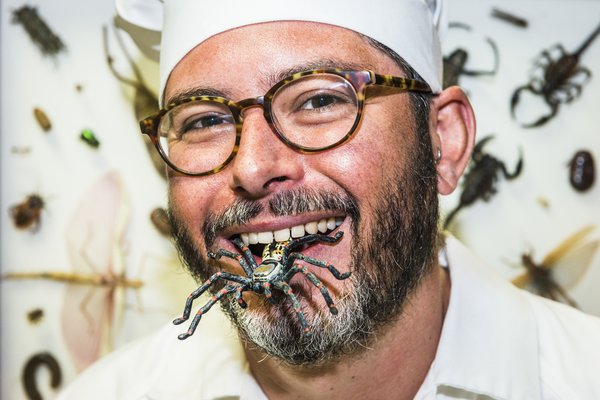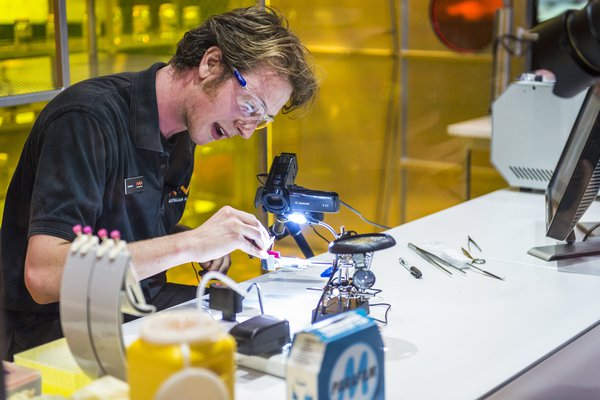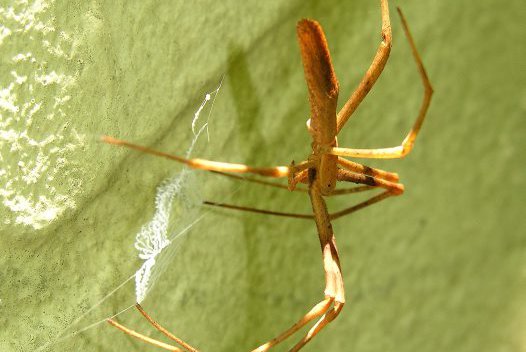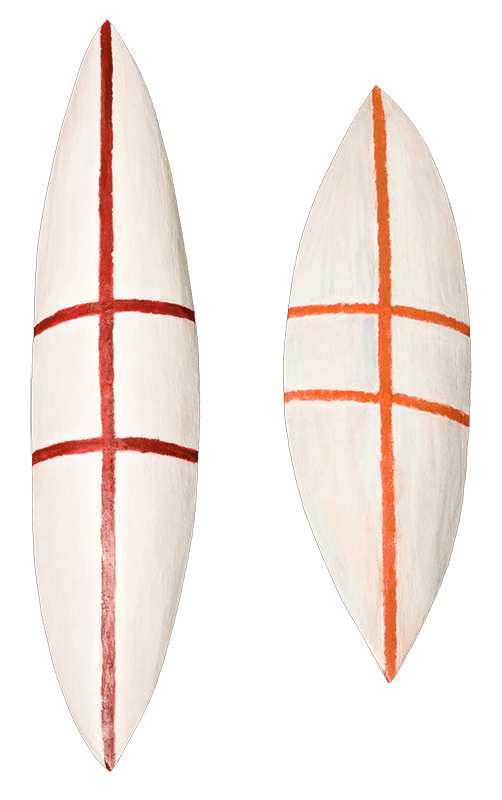Arachnology
Arachnology is the study of the group of animals called arachnids. Arachnids include spiders, scorpions, harvestmen, ticks and mites.
Arachnids are animals that have:
- eight walking legs
- two main body parts
- jaws adapted for tearing or piercing prey
- simple eyes
- a skeleton outside the body
The Australian Museum Arachnology collection includes arachnids (spiders and their relatives), myriapods (centipedes and millipedes and their relatives), onychophorans (velvet worms), and tardigrades (water bears). The Arachnida represent the largest proportion of the collections, at about 95 percent.
The collection is one of the largest arachnology collections in the southern hemisphere and consists of approximately 500,000 individual specimens that are grouped into 149,903 lots, all of which are located on site at the Australian Museum in the Sydney CBD. The collection includes 3,796 type lots of which a 1,107 are primary types (types are the original specimens from which the first description of a particular species is based). Despite its large size, an amazing 91 percent of the collection is now digitised, making it available to researchers around the world.
The major portion of the Arachnology collection is spiders (Araneae) and harvestmen (Opiliones). The emphasis of the collection is on the New South Wales fauna, although there are significant holdings from other states and regions.
Highlights of the collection include the largest collection of funnel-web spiders (Atracidae) in Australia and one of the largest collection of harvestmen (Opiliones) in Australia. The spider collection also includes examples of the world's most primitive living spiders, the Liphistiids from Southeast Asia.
Of historical interest are the collections of W.J Rainbow and V.V Hickman, well known Australian arachnologists of previous eras.

